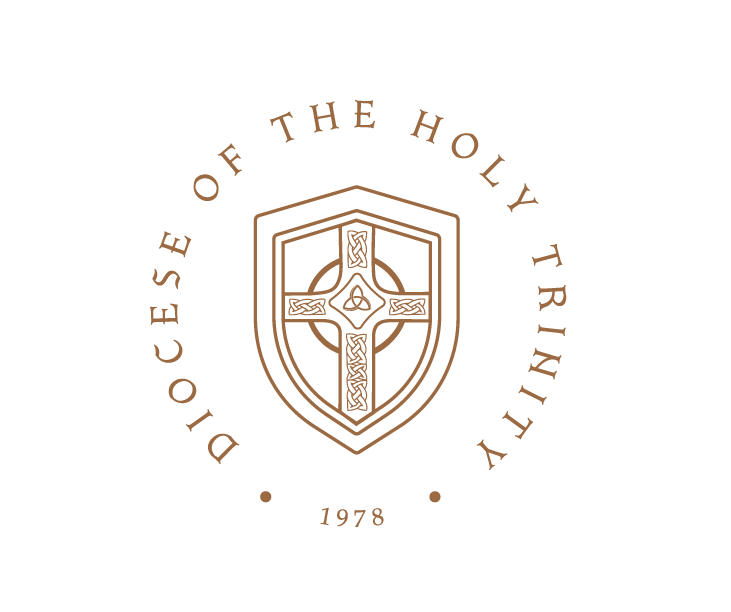Anglo-Catholicism, Martin Thornton and Ascetical Theology
We should be grateful to Wifp and Stock publishers for reprinting the major works of Martin Thornton. Martin Thornton was a priest, monk and spiritual director in the Church of England. He died in 1986. Some churches are familiar with his book, Christian Proficiency. It is a book priests often recommend to lay people; but few, either priest or lay, ever read it thoroughly and put it into practice. This is too bad.Christian Proficiency is a distillation for lay people of the framework Thornton describes in greater detail in a previous book entitled, Pastoral Theology, a Reorientation. In Pastoral Theology, Thornton makes a point that explains many of the problems of Anglo-Catholicism after its rebirth in the Oxford Movement of the 1840’s. Thornton writes,
By a regrettable historical contingency, this doctrinal reform [of the Oxford Movement] led directly to revival of liturgical and ritualistic interests. This is, in some ways, tragic, not because ceremonial is unimportant—far from it—but because it came out of its true turn. The obvious child of this doctrinal reform is a rediscovery of ascetical practice in its fullness….Had ascetic been reborn at the end of the nineteenth century, the liturgical problem would have been solved without all the bitterness, and silliness, of the High Church—Low Church controversy that is still with us. Had the new found Remnants of zeal been directed rather than taught, the Anglo-Catholic liturgy would have evolved simply and naturally (112).
I have observed this regularly in ministry. Those who enter the church by learning to live a life of prayer are more attentive to the meaning of actions and symbols. They grow to appreciate the fullness of liturgical worship as they grow in their life of prayer because they are focused on the essence of what is happening and what they are experiencing—not just the form. And they are able to worship in a range of liturgical settings. Those whose entry into the church is characterized by indoctrination into some theological perspective tend to see actions and symbols as party badges. They are always finding fault in liturgies because, in their view, something wasn’t done “right.”Thornton argues that the essential work of priesthood is spiritual direction. We are called to teach people how to pray. Theology is important because it explains the life of prayer; theology is not merely something to argue about. The aerodynamic principles of lift and thrust are important because they insure that planes will actually fly. A very smart but not very helpful engineer might spent his whole life talking about how things fly, but never actually get a plane off the ground. A very smart but not very helpful or effective priest might always being taking about God and about worship, but never teach people how to know God through prayer.Thornton’s point with regard to the mission of the church is this. People are drawn to and converted by holiness. People are not drawn to the church and converted to faith by theological arguments. Since holiness is cultivated by the life of prayer, it follows that the renewal of the Anglican way depends upon the renewal of ascetical practice. A good way to begin this renewal is to read Martin Thornton and use his work as foundation for parish ministry.

